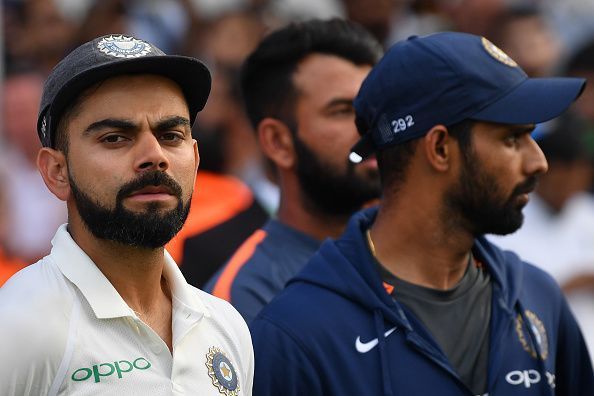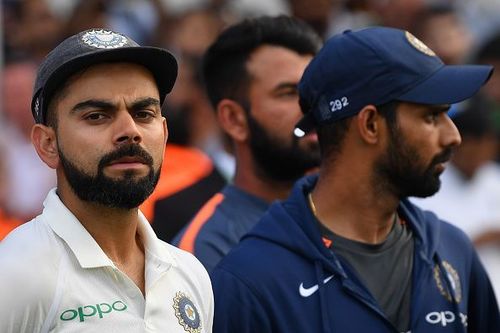
5 reasons for India's dire overseas record in recent times

India are set to resume their overseas leg in a country where they are yet to win a Test series. Series defeats in South Africa and England earlier this year were followed by a dominant series win against a hapless West Indies team at home. But the tour to Australia, who will be without two of their key players Steven Smith and David Warner, will be a measure of how much the players and the management have learnt from the mistakes of their previous tours.
India have an abysmal overseas record ever since their memorable win at Durban in 2010. The beginning of this decade saw India draw the series 1-1 in South Africa and retain the number one position. After that, India have played a total of 29 tests in Australia, New Zealand, South Africa and England. They have managed to win only three Tests, drawn five and lost the remaining 21 matches.
The series losses against South Africa and England earlier this year were comparatively more competitive although the scorelines suggest otherwise. The improved show might be attributed to the increase in the quality of India's pace department. But there is still a lot of areas where the team and the management need drastic changes or improvements.
What has been the root cause for this under-par show of one the dominant sides in world cricket? Why have the subcontinent giants not been able to conquer territories outside Asia? Here's a detailed analysis.
#5 Inability to get the lower-order out

This has been a problem which has continued to haunt India traditionally. After the retirement of Anil Kumble who usually got lower-order wickets quite easily, this problem has been exaggerated even more.
At home, this is nullified by India's strong batting. However, in overseas conditions where wickets are not so flat, this leads to a moral victory for the opposition and in turn costs India dearly.
Since 2011, in Australia, England, South Africa and New Zealand, the home team has scored 42.9 runs per wicket for their seventh, eighth, ninth and tenth wickets. Compare it to South Africa and Australia, the number comes down to 21.6 and 19.4 respectively.
India have conceded nine century and 18 half-century stands for the seventh wicket or lower in this period. Pakistan, the only other side to concede more than one century stand, conceded a total of three stands of 50 or more in the same time period. India's record against lower-order batting in overseas Tests has been disappointing.
Such stats are bound to hurt any team in the world, no matter how strong their batting line up is. Because as we know, wickets win Test matches.